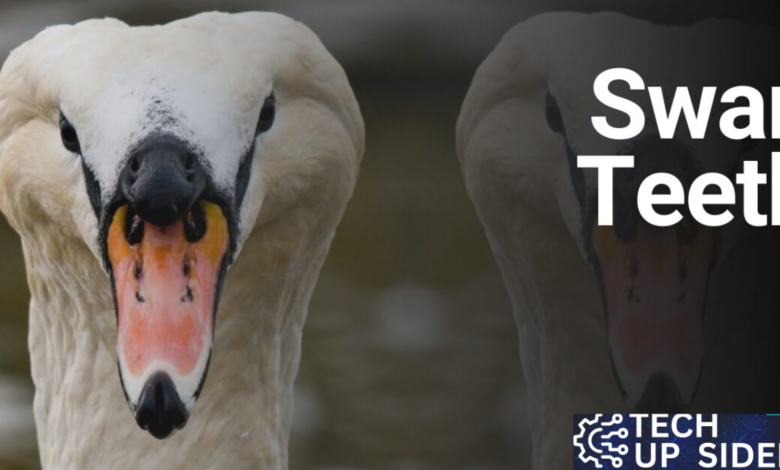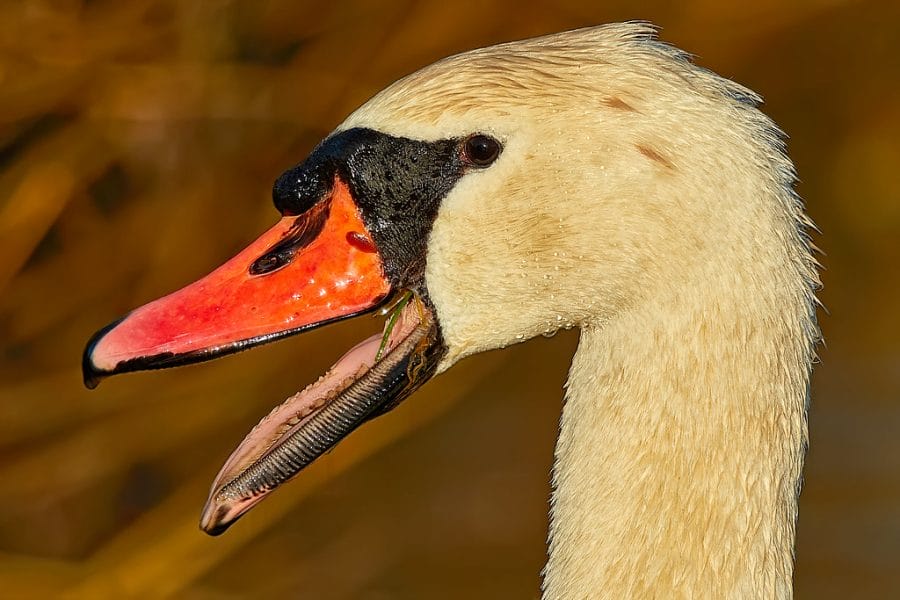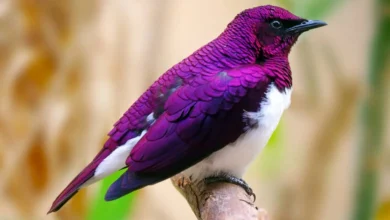Swan Teeth: Myth or Reality? Understanding Their Unique Anatomy

Introduction to Swan Teeth
Swan Teeth are often celebrated for grace and elegance, gliding effortlessly across serene lakes. But beyond their stunning appearance lies a curious question that intrigues many: do swans have teeth? This notion may seem strange since we associate teeth with mammals rather than birds. As captivating as these creatures are, understanding the truth behind “swan teeth” can lead to fascinating insights into their unique anatomy and behavior. Join us to uncover the mystery of swan teeth and learn how these majestic birds adapt to their aquatic environments Swan Teeth!
Debunking the Myth: Do Swan Teeth Have Teeth?

Swan Teeth are often depicted as graceful creatures, gliding across serene waters. However, many people are surprised to learn that these birds do not have teeth.
Instead of the traditional dental structure found in mammals, swans possess a unique beak designed for their feeding habits. The edges of a swan’s beak feature serrated lamellae—small comb-like structures that help them grasp and filter food from water.
This adaptation allows them to consume aquatic plants and tiny organisms without teeth efficiently. So, while they may look like they could bite, the truth is quite different.
The myth of “swan teeth” likely arises from their strong beaks and powerful bites when threatened. But rest assured, those elegant birds are toothless wonders navigating their watery homes with finesse.
The Unique Anatomy of Swan Beaks
Swan beaks are marvels of nature. Unlike teeth, these structures are designed for specific functions that aid in survival.
The bill is broad and flat, perfect for grazing on aquatic plants. This shape allows swans to filter food from the water efficiently. Small lamellae—tiny comb-like ridges—line the edges of their beaks. These help trap and grasp food items while sifting through mud or vegetation.
Color also plays a role in their anatomy. A vibrant orange or yellow hue often signifies maturity and health. The coloration can vary among species but usually serves as an indicator during mating displays.
Moreover, swan beaks feature a susceptible nerve network. This sensitivity helps them detect subtle changes in water currents, guiding them toward potential meals unseen by others.
Each element of the swan’s beak contributes to its adaptability and prowess within its habitat, showcasing nature’s ingenuity at work.
How Swans Use Their Beaks for Feeding and Defense
Swans are fascinating creatures, and their beaks are crucial daily. When it comes to feeding, swan beaks are specially adapted for foraging. They can quickly sift through water and mud, locating aquatic plants and tiny organisms. The flat shape of their bills also allows them to graze on grasses.
Defense is another critical use of the swan’s beak. Swans can exhibit aggressive behavior if they feel threatened or if their nests are disturbed. With strong necks and powerful bites, they effectively deter potential predators.
Interestingly, the serrated edges of a swan’s bill help grip slippery prey like fish or frogs. This adaptability showcases nature’s ingenuity in equipping animals for survival in various environments. Swans utilize their remarkable beaks with impressive skill, whether feeding or defending themselves.
The Evolution of Swan Beak Adaptations
Over millions of years, swans have evolved fascinating beak adaptations. Their long, elegant necks and specialized beaks are crucial for survival in diverse habitats.
The shape of a swan’s beak allows it to forage efficiently. It can reach underwater vegetation while keeping its body buoyant. This adaptation maximizes access to food sources other birds may struggle to find.
Moreover, the lamellae—tiny comb-like structures along the edges of their beaks—play a vital role in feeding. These structures help filter out unwanted materials, ensuring swans consume only nutritious plants and small aquatic animals.
Solid and broad beaks are formidable defense tools against predators. A well-placed peck can deter threats effectively.
Over time, these anatomical modifications reflect the swan’s adaptability to changing environments and available resources. Each trait contributes to individual survival and enhances overall species resilience.
Interesting Facts about Swan Teeth
Swan teeth might not exist traditionally, but their beaks hold many fascinating characteristics. These structures are often lined with serrated edges, resembling teeth. This unique design aids in gripping slippery aquatic plants.
Another exciting aspect is that swans have a unique adaptation called lamellae. These comb-like structures help filter out small food particles from water as they feed.
Swans can also consume various foods—from grasses to small fish—showing their versatility and adaptability when foraging. Their powerful beaks allow them to dig into mud or reach underwater vegetation.
Interestingly, swans possess strong jaw muscles to defend themselves against potential threats. In the animal kingdom, these adaptations make them quite formidable despite their graceful appearance.
Conclusion
Swan teeth have long been a topic of fascination and misconception. Many assume these elegant birds possess traditional teeth like mammals, but the reality is far more intriguing. Swans do not have teeth in the conventional sense; instead, they are equipped with unique beaks designed for their specific needs.
The anatomy of swan beaks plays a crucial role in their survival. With serrated edges, these beaks help them effectively grasp and filter food from water bodies. This adaptation allows swans to thrive on various diets, including aquatic plants and tiny organisms.
Swans use their beaks for feeding and as tools for defense against predators. Their strong necks and sharp-edged bills make them formidable protectors of their territory and young ones.
Over time, swan beak adaptations have evolved to suit different environments and dietary preferences. These changes reveal how nature fine-tunes species based on ecological demands.
Many exciting facts about swans go beyond the notion of having teeth. For instance, some species can even dive underwater while searching for food! The social structures within flocks also provide insight into their complex behaviors.
Understanding what “swan teeth” entails opens up a broader appreciation for these majestic creatures’ biology and ecology. Rather than considering traditional dental features, it’s essential to recognize how evolution has shaped their existence in ways that ensure survival amidst changing environments.



